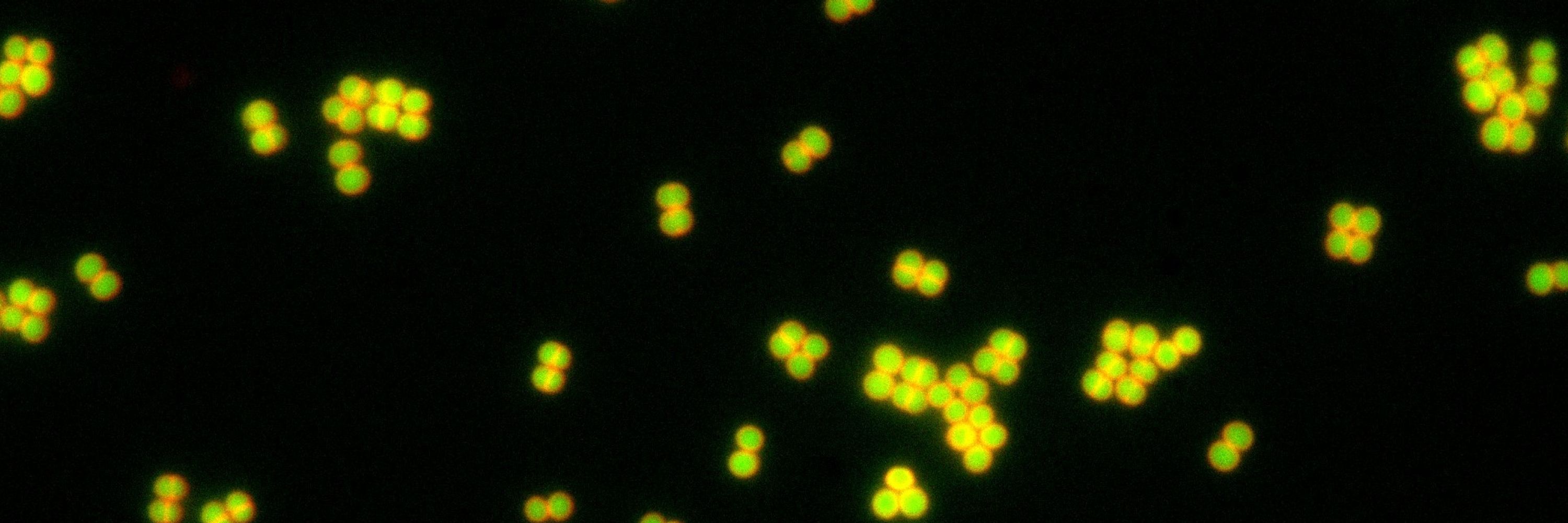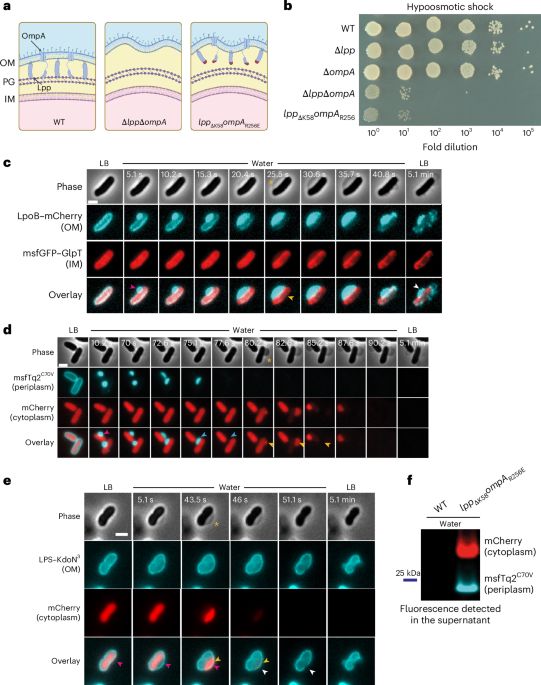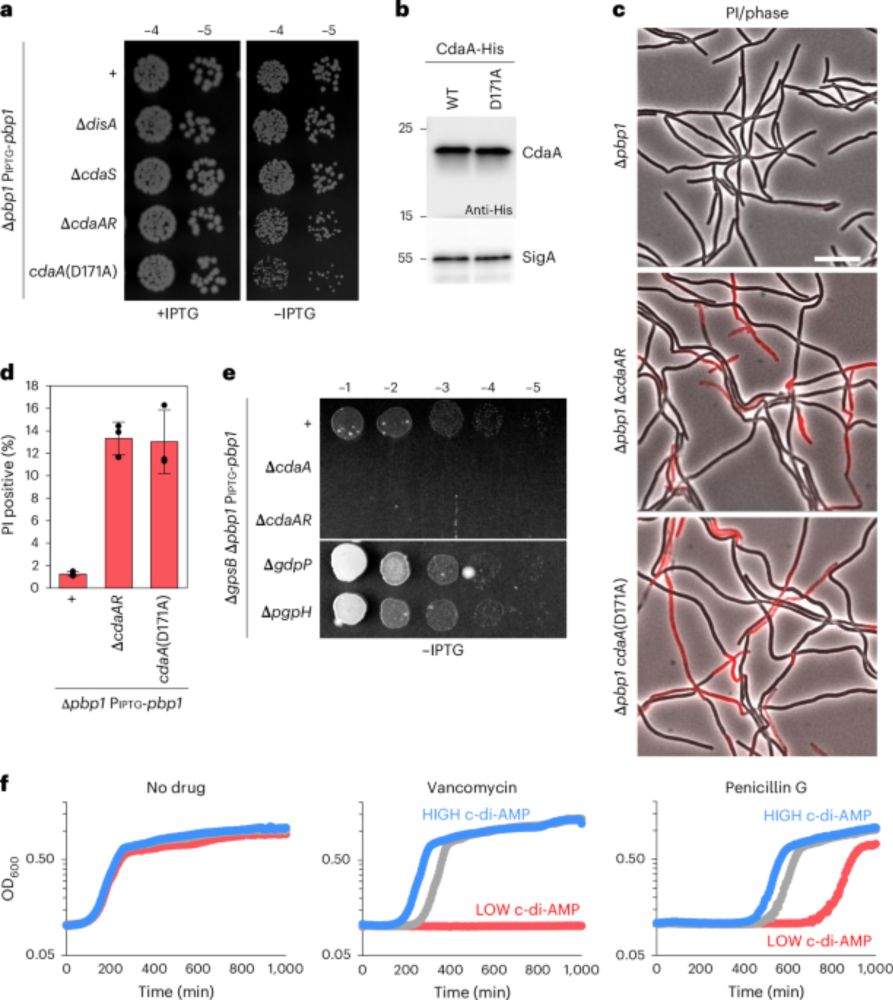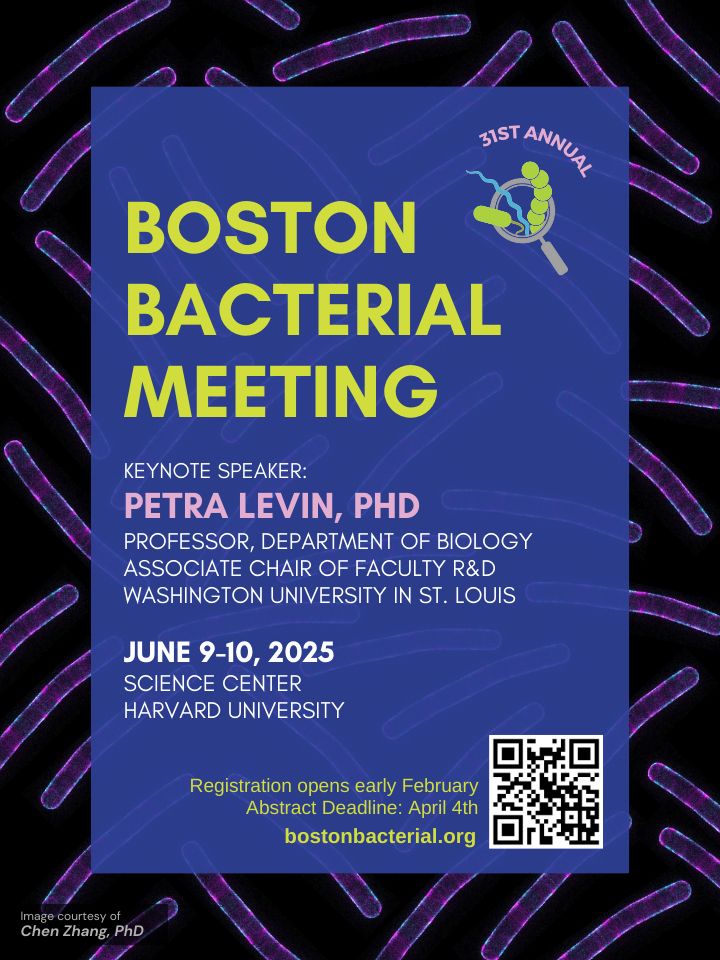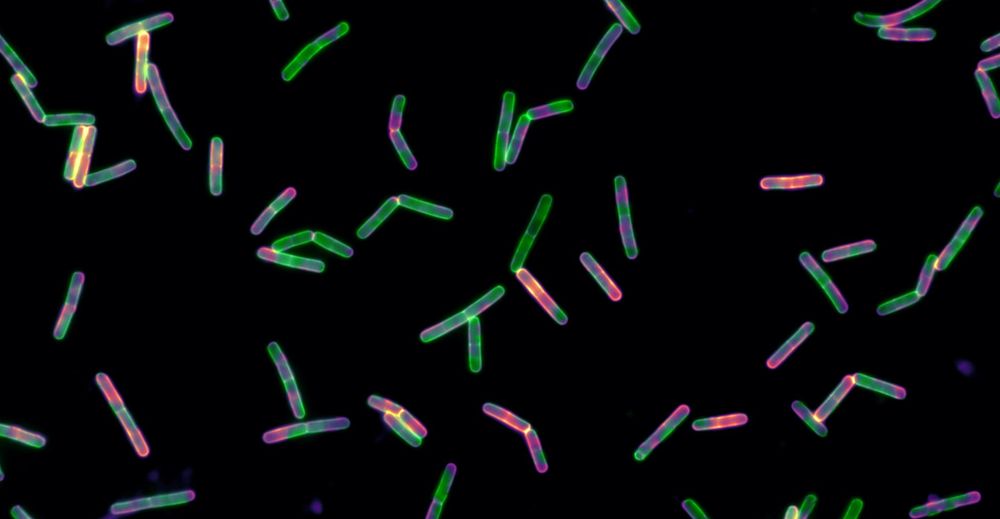anna brogan
@apbrogan.bsky.social
180 followers
120 following
9 posts
PhD student into bacteria & coffee. Rudner lab @harvardmed. @penn_state alum.
Posts
Media
Videos
Starter Packs
Pinned
anna brogan
@apbrogan.bsky.social
· Jun 17
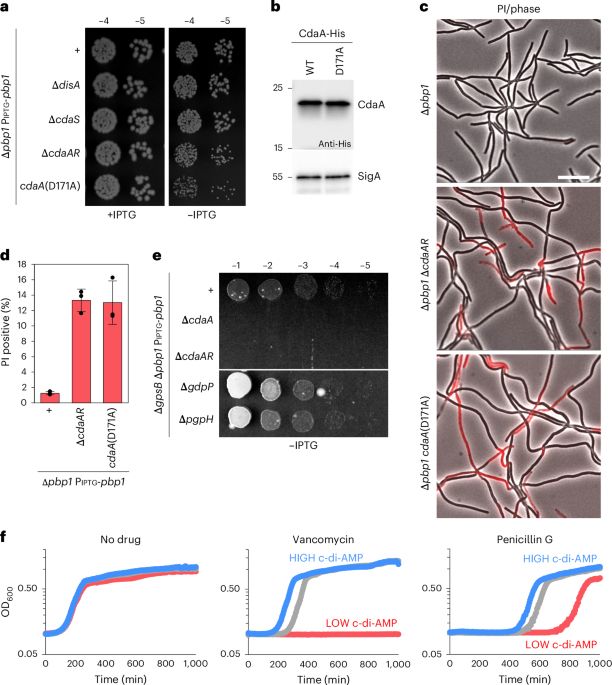
Cyclic-di-AMP modulates cellular turgor in response to defects in bacterial cell wall synthesis - Nature Microbiology
Brogan et al. uncover a signalling pathway in which levels of the nucleotide second messenger c-di-AMP increase in response to defects in cell wall synthesis. This regulatory pathway decreases turgor ...
www.nature.com
Reposted by anna brogan
anna brogan
@apbrogan.bsky.social
· Jun 19
anna brogan
@apbrogan.bsky.social
· Jun 18
anna brogan
@apbrogan.bsky.social
· Jun 17
anna brogan
@apbrogan.bsky.social
· Jun 17
Reposted by anna brogan
anna brogan
@apbrogan.bsky.social
· Jun 17
anna brogan
@apbrogan.bsky.social
· Jun 17
anna brogan
@apbrogan.bsky.social
· Jun 17
anna brogan
@apbrogan.bsky.social
· Jun 17

Cyclic-di-AMP modulates cellular turgor in response to defects in bacterial cell wall synthesis - Nature Microbiology
Brogan et al. uncover a signalling pathway in which levels of the nucleotide second messenger c-di-AMP increase in response to defects in cell wall synthesis. This regulatory pathway decreases turgor ...
www.nature.com
Reposted by anna brogan
Ethan Garner
@fleshball.bsky.social
· May 20

The interplay of membrane tension and FtsZ filament condensation on the initiation and progression of cell division in B. subtilis
The first step of cell division is deforming the planar cell membrane inward towards the cytoplasm. As deforming membranes is energetically costly, biology has developed various protein systems to acc...
doi.org
Reposted by anna brogan
Reposted by anna brogan
Ernst Schmid
@ernstschmid.bsky.social
· Feb 26
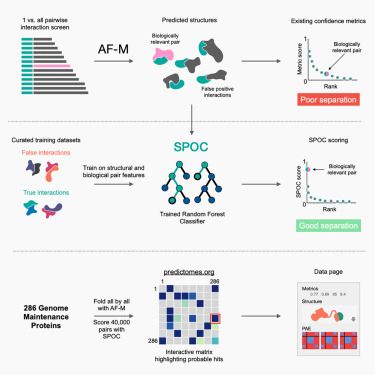
Predictomes, a classifier-curated database of AlphaFold-modeled protein-protein interactions
Schmid and Walter train a classifier that discerns functionally relevant structure
predictions in proteome-wide protein-protein interaction (PPI) screens using AlphaFold-Multimer,
and they use this co...
www.cell.com
Reposted by anna brogan
Reposted by anna brogan
